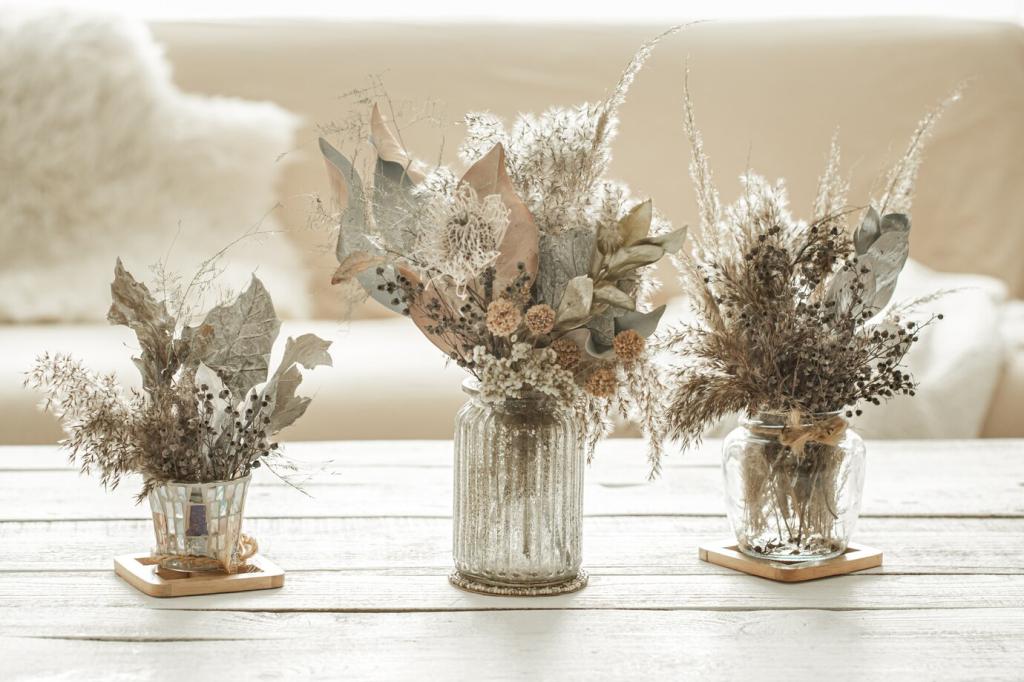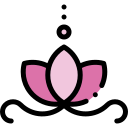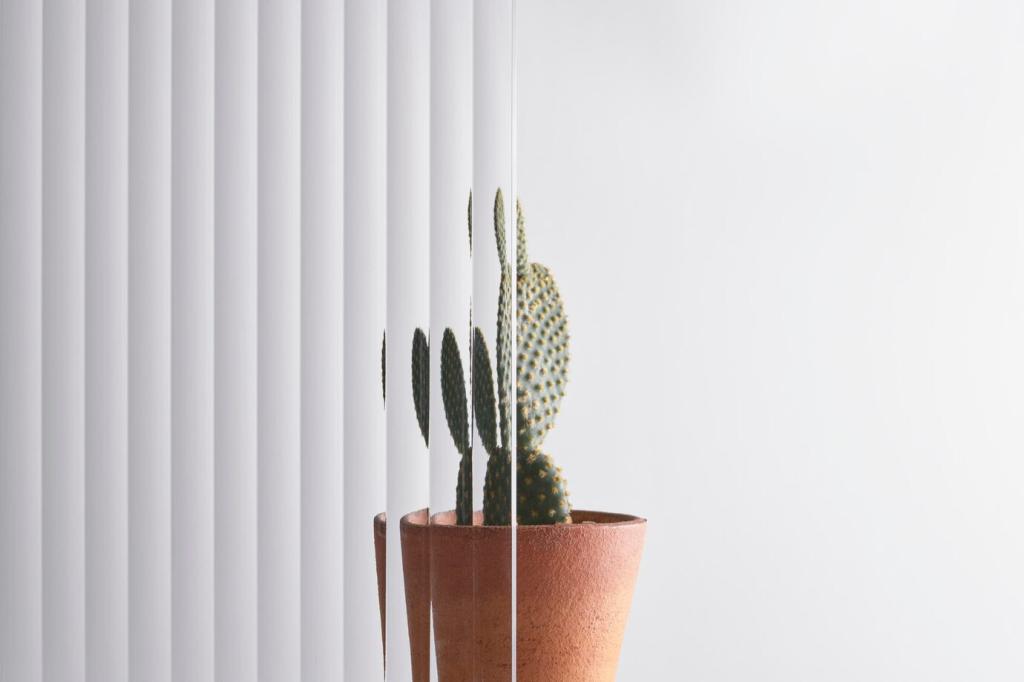
The Role of Sound in a Minimalist Yoga Environment
Welcome. This edition’s chosen theme is The Role of Sound in a Minimalist Yoga Environment. We’ll explore how breath, silence, acoustics, and intentional audio shape presence. Read on, share your experiences in the comments, and subscribe for future insights on mindful sound.
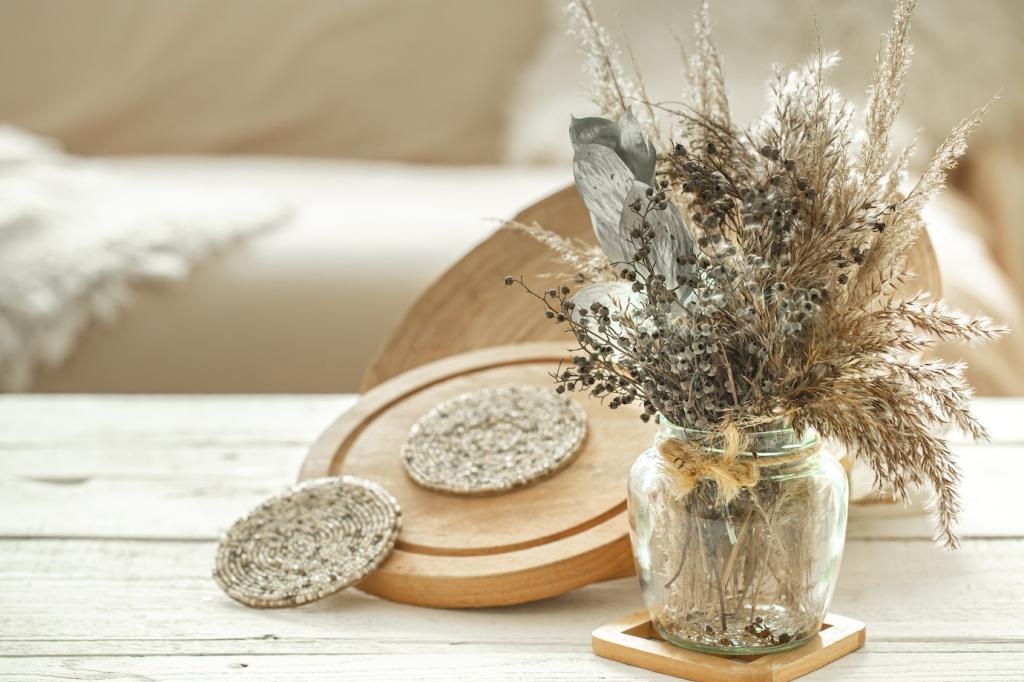
Soft Surfaces, Softer Minds
Cork floors, wool rugs, and fabric curtains absorb reflections, letting breath and cues stand out. Minimalism isn’t hard surfaces alone; it’s intentional simplicity. Try adding one absorbent element this week, and let us know how your practice felt in the softened sound field.
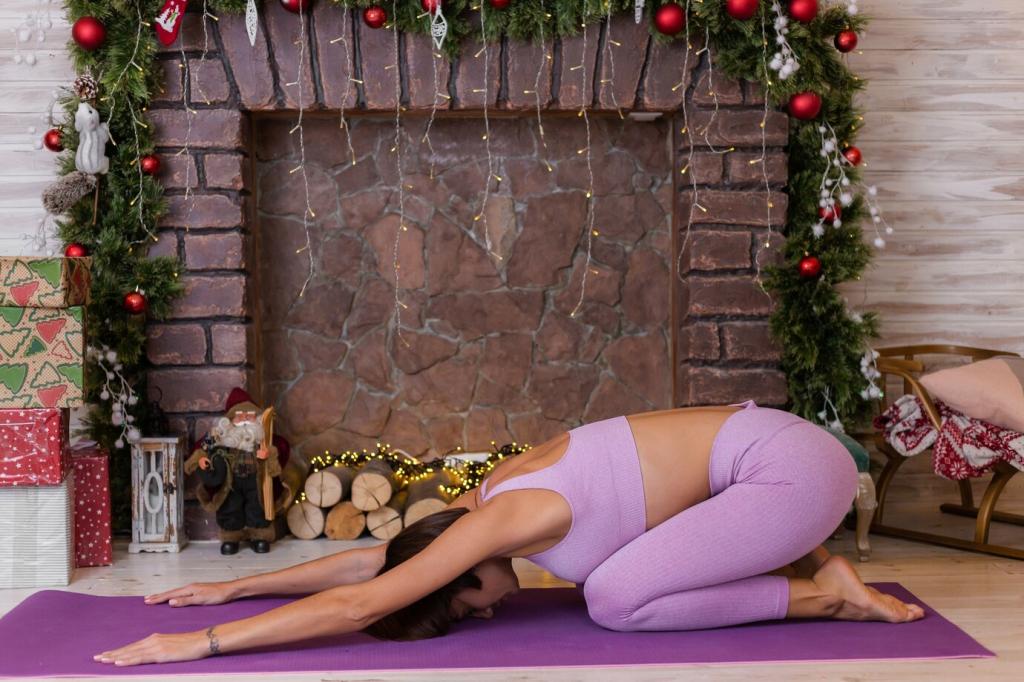
Low Decibels, High Awareness
Aim for library‑quiet levels—around 30–40 dB—to reduce fatigue and enhance subtle perception. Use a free decibel app before class. If noise creeps higher, close windows, silence devices, or shift to quieter hours. Share your readings and what changes helped most.
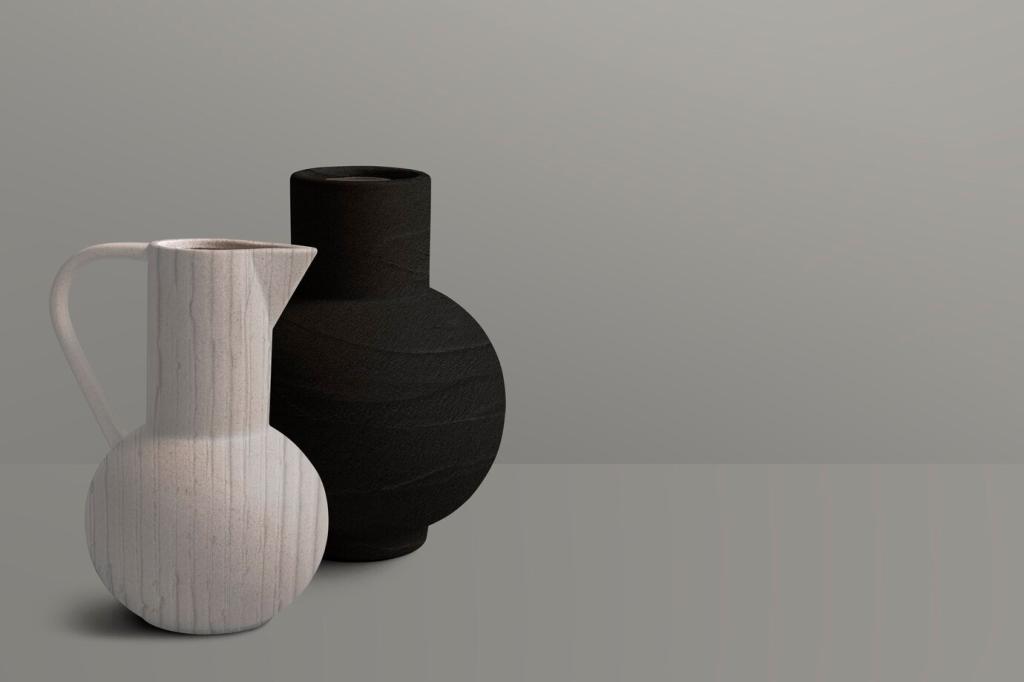
Edges, Corners, and Echo
Bare corners bounce sound. Break parallel surfaces with plants, shelves, or a textured wall to diffuse reflections. Even a small bookcase softens clap‑back. Try a simple clap test today and comment on how your room changed once you altered one reflective edge.
One Drone, Many Moods
A quiet shruti‑style drone or single sustained note supports cadence without narrative. Keep volume very low so your breath remains primary. Try five minutes with a soft drone in seated folds, then share whether the tone steadied or distracted your awareness.
Nature Loops, Not Noise
Short, subtle loops—distant rain, shoreline hush, forest dawn—can create a sense of spaciousness. Avoid dramatic waves or birds that call too brightly. Test a loop during restorative poses and note which textures helped you relax without hijacking your attention.
Tone, Tempo, and Texture
Warm, unhurried speech invites parasympathetic ease. Aim for steady pacing with natural pauses, and soften sibilants that can hiss in quiet rooms. Record a short practice, relisten for harsh consonants, and tell us what small changes improved your students’ calm.
Cueing the Pause
Minimalism values what you don’t say. Offer a cue, then let silence land. The pause allows integration and personal exploration. Try inserting a two‑breath gap after each instruction and share whether students moved more intuitively or reported deeper body awareness.
Story as Subtle Sound
A tiny story can tune the room. A teacher once described a bell that fades, inviting us to follow the vanishing tone with breath. Use a single, brief image today, then comment on whether it enhanced attention without cluttering the space with words.
Silence Practices: Meditation, Pranayama, and Rest
Inhale four, hold four, exhale four, hold four—counted silently. The internal rhythm replaces external audio, cultivating steadiness. Practice for five minutes, then share whether your mental chatter softened and how the silent count compared to practicing with gentle music.
Technology with Restraint
Choose small, neutral‑colored speakers with wide dispersion at low volume. Place them off‑axis to avoid spotlighting one mat. Test volume while whispering cues. If your voice feels masked, lower it. Report your placements and brands that stayed truly unobtrusive.
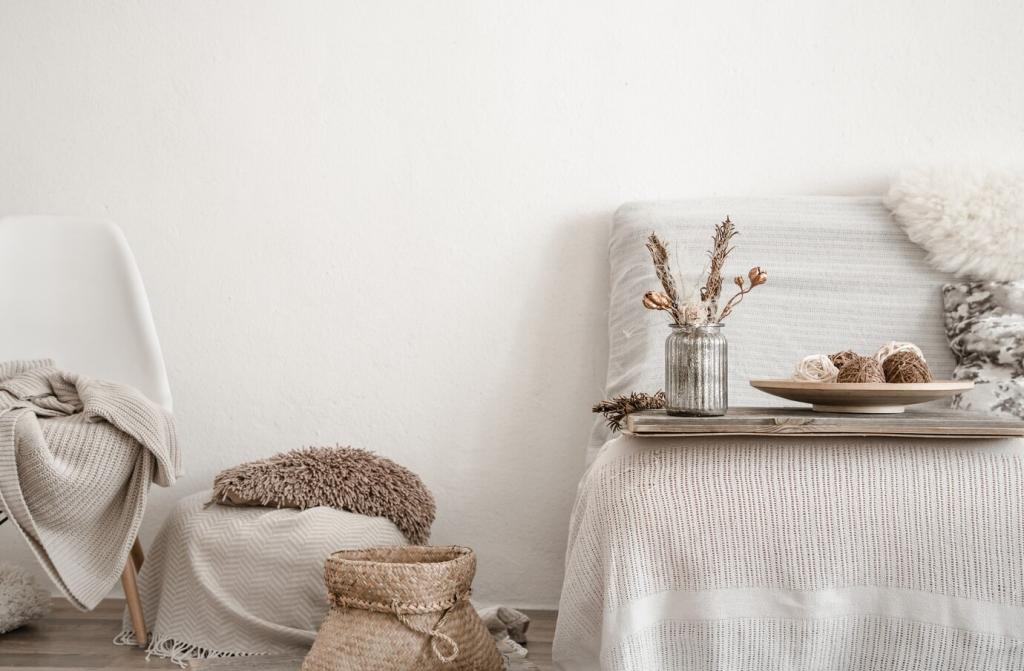
Community Voices: Stories and Experiments
The Studio That Turned Off the Playlist
One studio paused music for a month. Students first noticed street noise, then their breath. Attendance held steady, and end‑of‑class calm increased. If you tried a similar experiment, tell us what surprised you and whether silence made alignment cues feel clearer.
